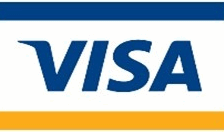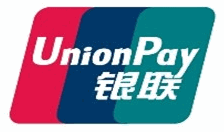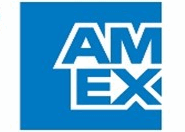Visa’s New Fraud & Chargeback Monitoring Program: What Merchants Need to Know About VAMP

Visa is introducing a significant update to how fraud and chargeback risk is monitored across its network. The Visa Acquirer Monitoring Program (VAMP) consolidates several existing fraud and chargeback monitoring programs into a single initiative, fundamentally changing how acquirers and merchants manage risk.
What is VAMP?
VAMP is Visa’s new approach to monitoring acquirers’ and merchants’ fraud and chargeback risks. Previously, Visa managed risk through three separate programs:
- Visa Acquirer Monitoring Program (VAMP) – For acquirers with excessive risk across their entire merchant portfolio.
- Visa Fraud Monitoring Program (VFMP) – For merchants with a high volume of fraudulent transactions.
- Visa Dispute Monitoring Program (VDMP) – For merchants experiencing an excessive number of disputes.
With the introduction of VAMP, Visa is retiring the VFMP and VDMP programs and consolidating all fraud and chargeback monitoring efforts under one umbrella. This move is designed to simplify risk assessment and enforcement for acquirers while ensuring a more streamlined process for Visa.
Why is Visa Implementing VAMP?
According to Visa, the primary goal of VAMP is to strengthen acquirer risk controls and reduce activities that negatively impact the payment ecosystem. By placing more emphasis on acquirers to monitor their merchants’ fraud and chargeback activity, Visa aims to enhance security while reducing friction for customers.
How Will This Impact Merchants?
The shift to VAMP brings several key changes that merchants need to understand:
- Updated Chargeback Ratio Calculation – The chargeback ratio is now calculated differently, and merchants may find that their VAMP ratio is higher than their previous chargeback ratio.
- Increased Importance of Prevention Tools – Chargeback prevention tools such as the Cardholder Dispute Resolution Network (CDRN) and Rapid Dispute Resolution (RDR) are now critical. Merchants who fail to implement effective dispute mitigation strategies may find themselves at higher risk.
- Stronger Acquirer Oversight – Acquirers and payment processors will likely reassess their risk tolerance, leading to potential changes in merchant account approvals, transaction monitoring, and fraud prevention expectations.
Understanding the VAMP Ratio
Visa has introduced a new formula for calculating a merchant’s fraud and chargeback risk, known as the VAMP ratio:
VAMP Ratio = (TC40 cases + Dispute Condition Codes 11, 12, and 13) – (RDR cases + CRDN alerts) / Settled Card-Absent Transactions
Merchants will need to pull data from multiple sources to accurately track and manage their VAMP ratio. This requires careful planning, reporting, and an enhanced focus on fraud prevention.
Enumeration Attacks & VAMP Thresholds
Another significant addition to the program is Visa’s focus on enumeration attacks, which involve criminals testing stolen payment credentials at scale. Often referred to as brute force attacks, card testing attacks, or BIN attacks, these fraudulent activities are now being closely monitored under VAMP.
Visa will enforce new enumeration thresholds starting April 1, 2025, with plans to lower them further by January 1, 2026. Merchants breaching these thresholds will face program fines, in addition to traditional chargeback fees and potential penalties from their acquirer or sponsor bank.
What Merchants Should Do Next
To prepare for VAMP, merchants should:
- Review Current Chargeback and Fraud Prevention Strategies – Ensure they are leveraging tools like RDR and CDRN to reduce risk.
- Enhance Data Monitoring and Reporting – Work with acquirers to track fraud and dispute trends effectively.
- Implement Stronger Fraud Prevention Measures – Use advanced fraud detection solutions to prevent enumeration attacks and excessive chargebacks.
Final Thoughts
Visa’s introduction of VAMP marks a significant change in how fraud and chargeback risk is managed. While this update places greater responsibility on acquirers, merchants must proactively adjust their fraud prevention strategies to avoid penalties and ensure compliance. Staying ahead of these changes will be critical for maintaining a healthy and secure payment processing environment.
Return to Blog








* Created by
